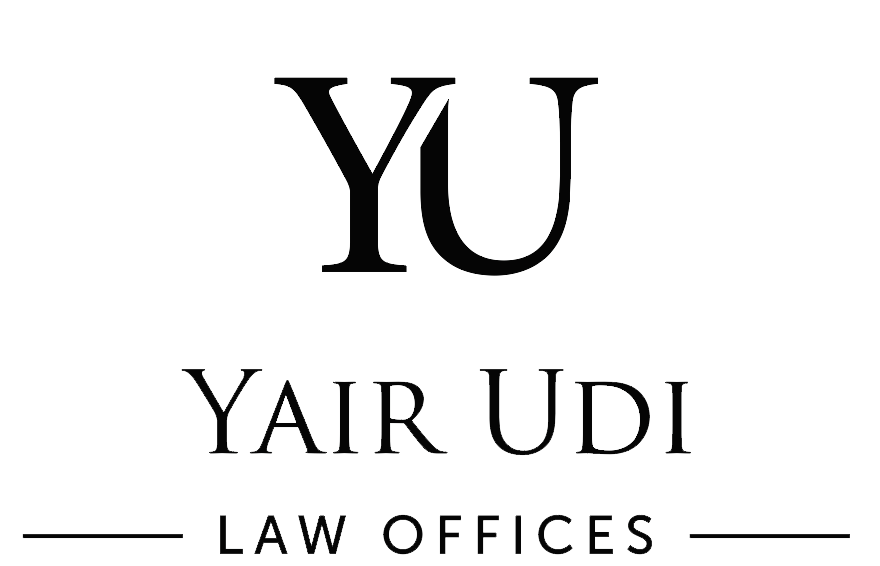Raising funds during the early stage can be challenging and time-consuming for startups, but that’s when SAFE comes to the rescue. SAFE provides a way to raise capital in a relatively fast fashion, providing efficient and practical solution in funding phases that usually lack certainty.
Y Combinator introduced SAFE as an alternative for convertible notes. It is a simple agreement between investors and founders used to raise seed capital. It is a legally binding promise which allows investors to buy the right to acquire equity in the future. It also simplifies the entire funding procedure by minimizing the transaction cost and time.
This article focuses on the key terms involved in a SAFE, to help you better understand SAFE, and they are:
- Equity Financing/Priced Round: A financing event in which a fixed valuation is determined to the Company’s securities by an investor infusing fresh capital to the Company. A priced round is defined under the SAFE as “Equity Financing.”
- Purchase Amount: The actual investment amount made by the SAFE investor under the SAFE. This amount would be converted into the company’s equity securities (in simple words: shares) when the SAFE converts.
- Discount Rate: It is one of the most important terms in a SAFE that gives investors a right to a discount on future converted equity. This implies that the SAFE holders will get to purchase shares at a discounted price. For a first-time reader, the definition of interest rate is strange, as it dictates the rate is 100% minus the discount.The rate has been defined this way because it would be eventually multiplied by the priced financing round (when the share converts) price per share, so effectively lower the discount rate is, the more benefit investors get. For example, if the discount rate is 70%, the conversion price would reflect a 30% discount on the priced financing round (when the share converts) price per share.The discount rate reduces the valuation used for calculating investors’ shares, which allows them to convert into more equity as compensation for the risk they took by advancing funds to the Company. For example, if the SAFE offers a 10% discount rate and new priced round shares are available at $10, the SAFE holders will be entitled to a 10% discount and will buy the share at $9, when their SAFE purchase amount (the amount invested by the SAFE Investor) converts into shares.
- Valuation Cap: Valuation Cap is another essential term in SAFE, which helps determine the maximum price at which the SAFE purchase amount (the amount invested by the SAFE Investor) will convert into the priced round equity. Like a discount rate, a valuation cap offers a way to investors to get a better price for shares than future investors and serves as a hedge against a substantial valuation increase.
- Triggering Event: As already discussed, SAFE converts into equity on the occurrence of certain triggering events, and these events are well defined in SAFE. It includes a liquidity event (sale or IPO), Equity Financing, or a merger. The most common triggering event is future Equity Financing. The SAFE holder gets the same type of equity as future investors, typically preferred stock.
- Pro-Rata Side Letter: Pro Rata Side Letter is an essential feature of SAFE, but it is not a must and should be carefully considered to meet certain securities laws limitations. It is an optional advantage that the founders can provide to investors to solicit investment. It grants pro-rata rights to investors and allows them to maintain their ownership percentage rights by investing in the next round of financing. For example, if an investor eventually becomes the owner of 25% by conversion of the SAFE, and his ownership can get diluted when the SAFE converts, the investor has the option to maintain his 25% ownership by investing new money into the Company in the framework of the round.
- Most-Favored Nation Clause (MFN): The MFN SAFE allows the SAFE holder to elect to inherit more favorable terms that are included in subsequent SAFEs. It creates an obligation on the part of the company to notify the first SAFE holders about the subsequent SAFEs so that they can get a chance to acquire more favorable terms.
A standard SAFE document contains the above-mentioned terms, and it is advisable to understand how they operate. SAFE is a very advantageous tool for startup founders, but the founders and investors must know its key terms.
All the terms have varied consequences, and some even require negotiation. A better understanding of these terms will further maximize the benefits for startup founders and SAFE holders. Also, before drilling down and negotiating a SAFE detail, startup founders should consider the type of SAFE they are using. Read more here, where we review the differences between pre and post-money SAFEs.
DISCLAIMER
This content is brought to you for informational purposes only, you should not construe any such information or other material as legal, tax, investment, financial, or other advice. Nothing contained on this website constitutes a solicitation, recommendation, endorsement, or offer by any person or any third party service provider to buy or sell any securities or other financial instruments in this or in in any other jurisdiction in which such solicitation or offer would be unlawful under the securities laws of such jurisdiction.
THIS ARTICLE IS PROVIDED FOR INFORMATIONAL PURPOSES ONLY AND DO NOT CONSTITUTE LEGAL ADVICE. THIS ARTICLE IS PROVIDED WITHOUT ANY WARRANTY, EXPRESS OR IMPLIED, INCLUDING AS TO ITS LEGAL EFFECT AND COMPLETENESS. THE INFORMATION SHOULD BE USED AS A GUIDE AND MODIFIED TO MEET YOUR OWN INDIVIDUAL NEEDS AND THE LAWS OF YOUR STATE, BY INDEPENDENT COUNSEL YOU RETAIN. YOUR USE OF ANY INFORMATION CONTAINED IN THIS ARTICLE, IS AT YOUR OWN RISK. WE, OUR EMPLOYEES, CONTRACTORS, OR ATTORNEYS WHO PARTICIPATED IN PROVIDING THE INFORMATION CONTAINED HEREIN, EXPRESSLY DISCLAIM ANY WARRANTY, AND BY DOWNLOADING OR USING OR RELYING ON THIS ARTICLE; NO ATTORNEY-CLIENT RELATIONSHIPS ARE CREATED. DO NOT USE THIS ARTICLE WITHOUT AN INDEPENDENT LAWYER YOU HAVE SPECIFICALLY RETAINED FOR SUCH PURPOSE.
© 2022 Yair Udi – Law Offices. All rights reserved

